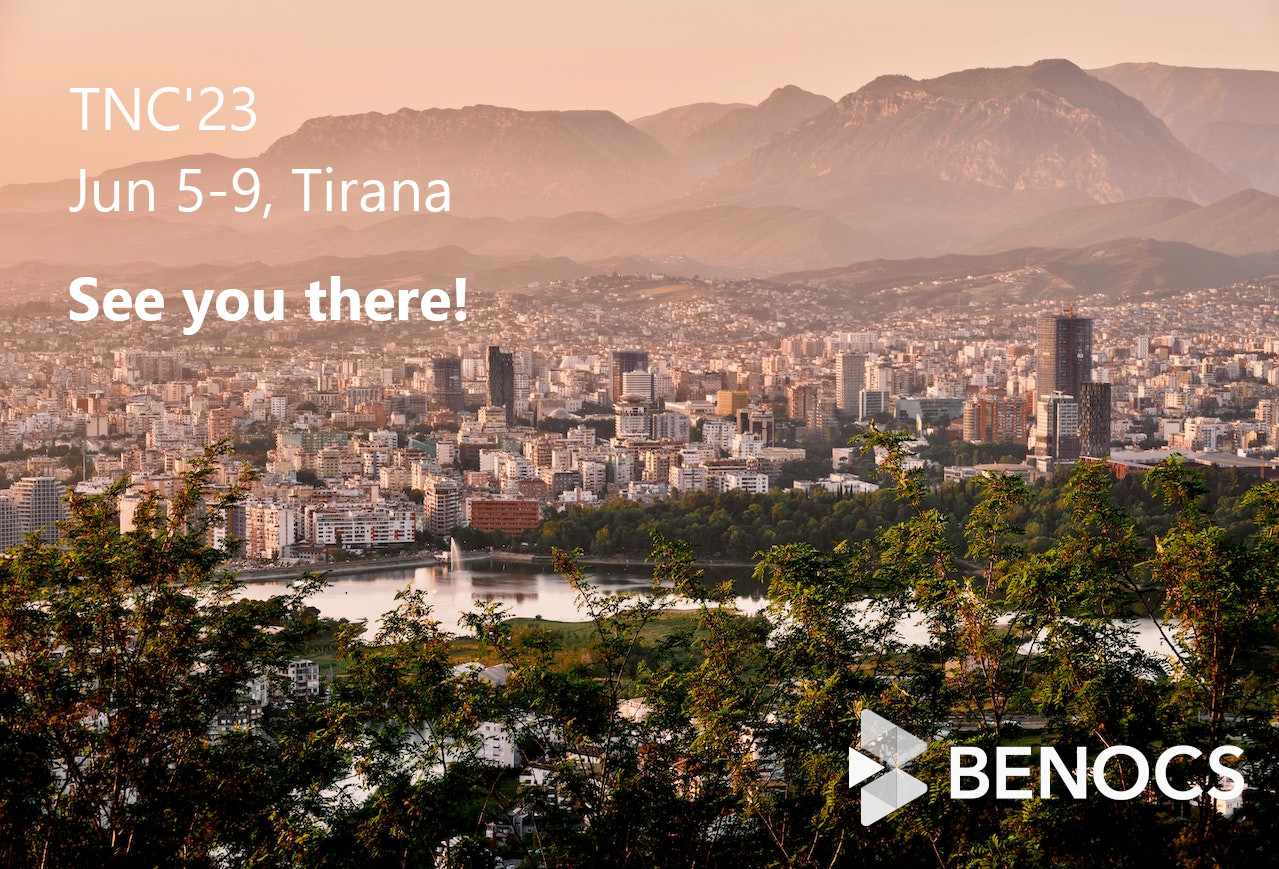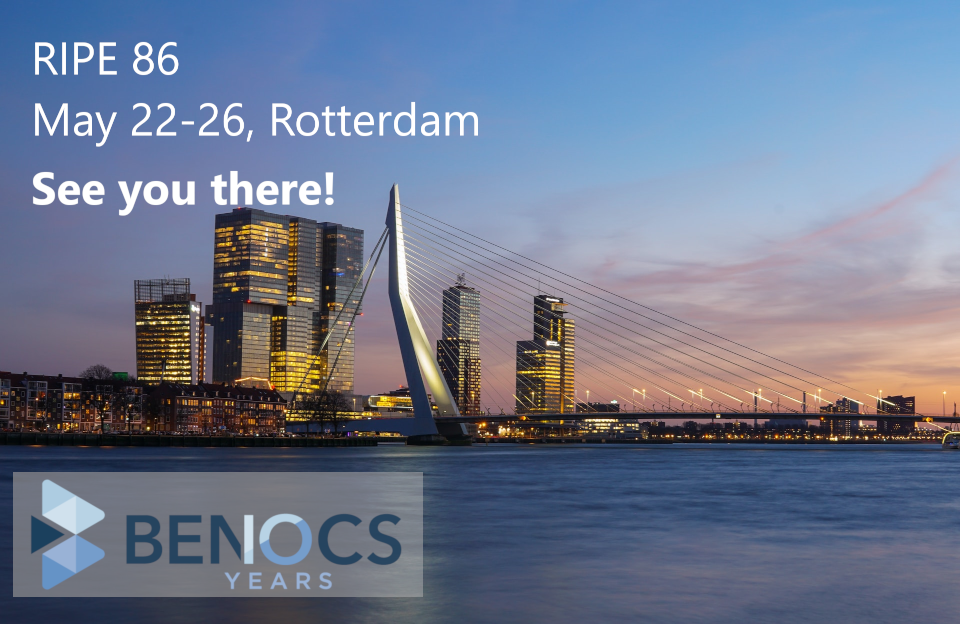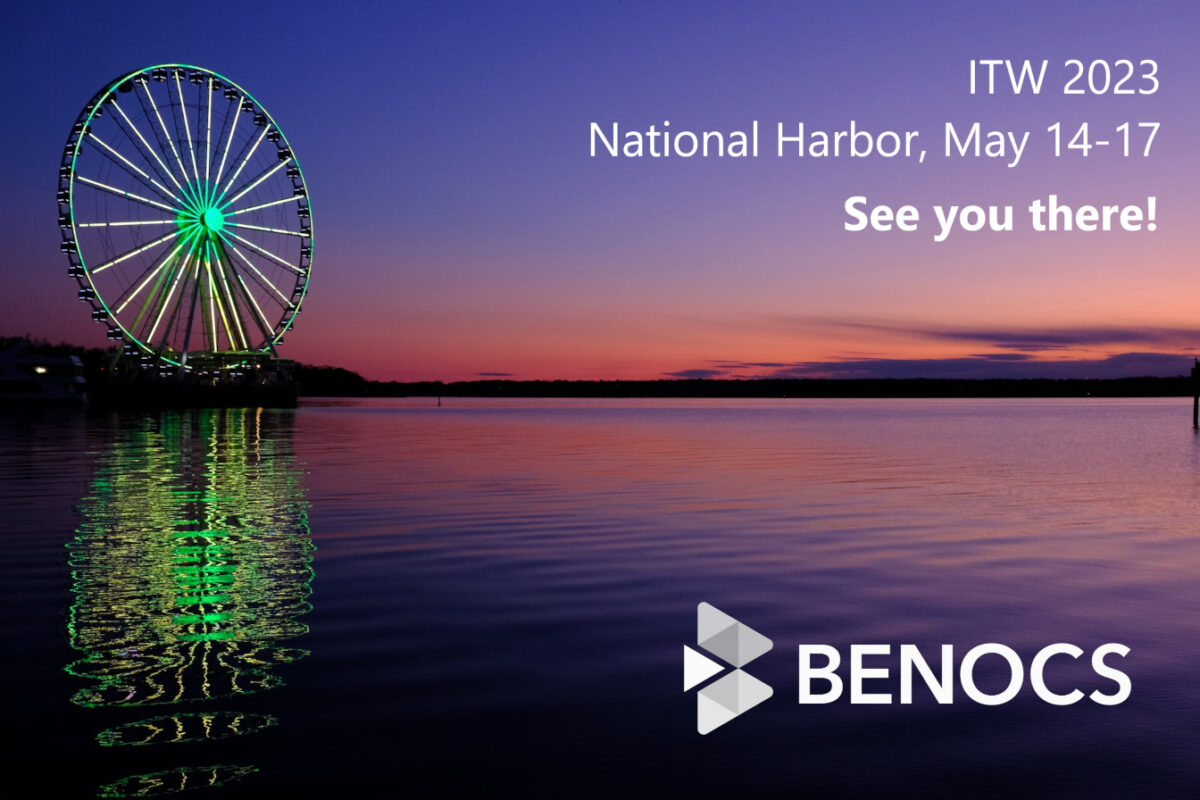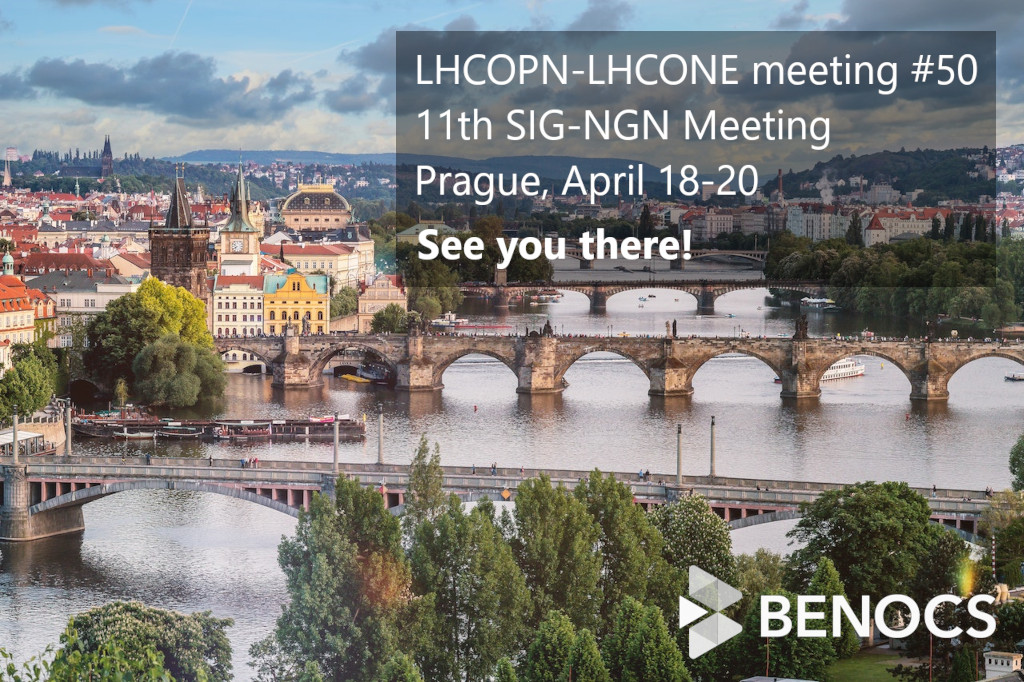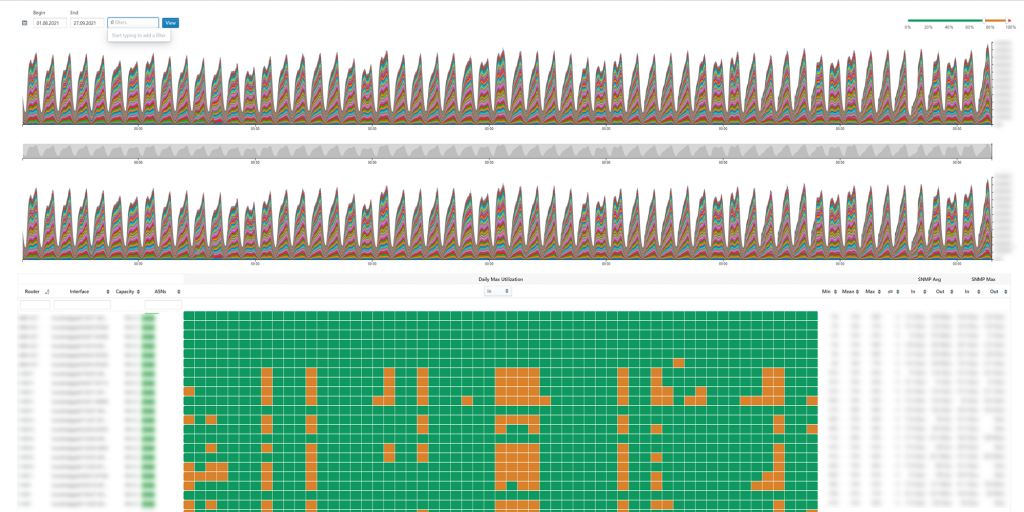Berlin, Germany – June 17, 2021 – BENOCS GmbH announced today that they are now officially supporting A1 Telekom Austria Groups network and providing detailed network traffic visibility via an easy-to-use user interface. By installing BENOCS Analytics, A1 Telekom Austria Group has acquired a high performing tool that gives them the ability to monitor traffic, troubleshoot problems, seek new business opportunities and more.
A1 Telekom Austria Group desired a quick and intuitive way to view traffic flows for forecasting, optimizing peering relationships as well as to guarantee effective and quality routing to end customers. “We are very glad to be providing A1 Telekom Austria Group with the network visibility they need in order to optimize their network and QoE,” stated Stephan Schroeder, CEO of BENOCS.
When it came to the actual set up of BENOCS Analytics, it “went very quickly. The BENOCS Engineering team provided fast and responsive support and are very knowledgeable in their field. It is always a pleasure to work with such a team,” stated A1 Telekom Austria Groups network specialists.
“The installation of BENOCS Analytics took place at exactly the right time in order to fulfill strict security requirements and to manage the higher traffic levels facilitated by COVID19 lockdowns. A1 Telekom Austria Groups network specialists had to do some smart upgrades to maintain high quality routes for our end users and BENOCS was of a great partner in this process. It also helps us with capacity forecasting,” said Franz Bader, Director Wholesale at A1 Telekom Austria Group.
BENOCS GmbH – a spin-off of Deutsche Telekom – is a small company with big plans to revolutionize the way network traffic is managed. Their intelligent and fully automated solutions fit networks of any size and provide ISPs as well as CDNs strategic ways of coping with growing network traffic. With BENOCS Analytics, network operators, transit and wholesales carriers, Hosting and CDNs gain end-to-end visibility of their entire traffic flows. www.benocs.com
A1 Telekom Austria Group, listed on the Vienna Stock Exchange, is a leading provider of digital services and communications solutions in Central and Eastern Europe with around 25 million customers, currently operating in seven core markets: Austria, Bulgaria, Croatia, Belarus, Slovenia, the Republic of North Macedonia and the Republic of Serbia.
Offering communications, payment and entertainment services as well as integrated business solutions, A1 Telekom Austria Group achieved revenues of 4.55 billion Euros by year end 2020. Around 18,000 employees and state of the art broadband infrastructure make digital business and lifestyle possible and enable people, companies and things to connect everywhere anytime. As European unit of América Móvil, one of the largest wireless services provider in the world, A1 Telekom Austria Group is headquartered in Vienna and gives access to global solutions. https://www.a1.group/en/home
